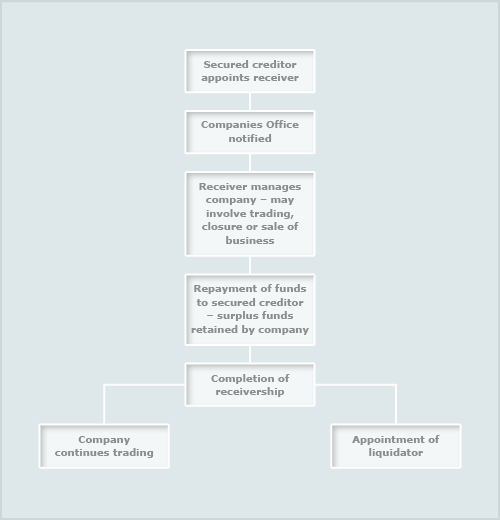
Understanding Receivership: Navigating Financial Turbulence
In the realm of business and finance, the term “receivership” often surfaces during periods of financial distress or legal challenges. It’s a process that can profoundly impact stakeholders, from creditors to company management, and understanding its nuances is crucial for navigating such turbulent waters effectively.
What Is Receivership and How Does It Work?
Receivership is a legal status wherein a court appoints a receiver – an independent third party – to take control of a company’s assets and operations. This typically occurs when a business is struggling financially, facing insolvency, or undergoing legal proceedings such as foreclosure or bankruptcy. The receiver’s primary objective is to protect and manage the assets in the best interest of all parties involved.
The Role of Receivers in Financial Management
Receivers play a pivotal role in overseeing the financial affairs of a distressed company. They are tasked with evaluating the company’s financial position, identifying areas of concern, and implementing strategies to mitigate losses. This may involve restructuring debt, selling assets, or reorganizing operations to improve profitability.
Navigating Receivership: Key Considerations for Stakeholders
For stakeholders such as creditors, shareholders, and employees, receivership can evoke uncertainty and anxiety. Creditors may be concerned about recovering debts, shareholders about the value of their investments, and employees about job security. Effective communication and transparency from the receiver can help alleviate concerns and foster trust among stakeholders.
Challenges and Opportunities in Receivership Management
Receivership presents both challenges and opportunities for distressed companies. On one hand, it can provide a lifeline by allowing for the restructuring of debts and the implementation of turnaround strategies. On the other hand, it involves relinquishing control to an external party, which can be unsettling for company management and shareholders.
Legal and Regulatory Compliance in Receivership
Navigating receivership requires strict adherence to legal and regulatory requirements. Receivers must ensure compliance with court orders, reporting obligations, and fiduciary responsibilities. Failure to do so can result in legal repercussions and further complications in the receivership process.
Strategies for Success: Best Practices in Receivership
Successful receivership management hinges on strategic planning and execution. This includes conducting thorough financial assessments, developing realistic recovery plans, and maintaining open communication with stakeholders. Collaborating with experienced legal and financial advisors can also enhance the likelihood of a successful outcome.
The Impact of Receivership on Business Operations
Receivership inevitably disrupts normal business operations as control shifts to the receiver. Employees may experience changes in management, workflow adjustments, or even job cuts depending on the severity of the financial situation. Clear communication and a focus on maintaining operational continuity are essential during this transition.
Receivership in Real Estate: Preservation and Maximization of Assets
In the realm of real estate, receivership is often employed to preserve and maximize the value of properties facing financial challenges. Receivers oversee property management, lease negotiations, and potentially asset sales to optimize returns for creditors and stakeholders. Effective asset management strategies are critical in this context.
Communication and Transparency: Building Trust in Receivership
Transparency and communication are fundamental pillars of successful receivership. Maintaining open lines of communication with stakeholders, providing regular updates on progress and decisions, and demonstrating accountability can help build trust and cooperation throughout the receivership process.
Navigating Receivership Challenges: Lessons Learned and Future Strategies
As companies emerge from receivership or navigate through its challenges, they gain valuable insights and experience. Learning from these experiences, implementing lessons learned, and developing robust strategies for financial resilience can position companies for long-term success beyond the receivership period. Read more about Receivership
